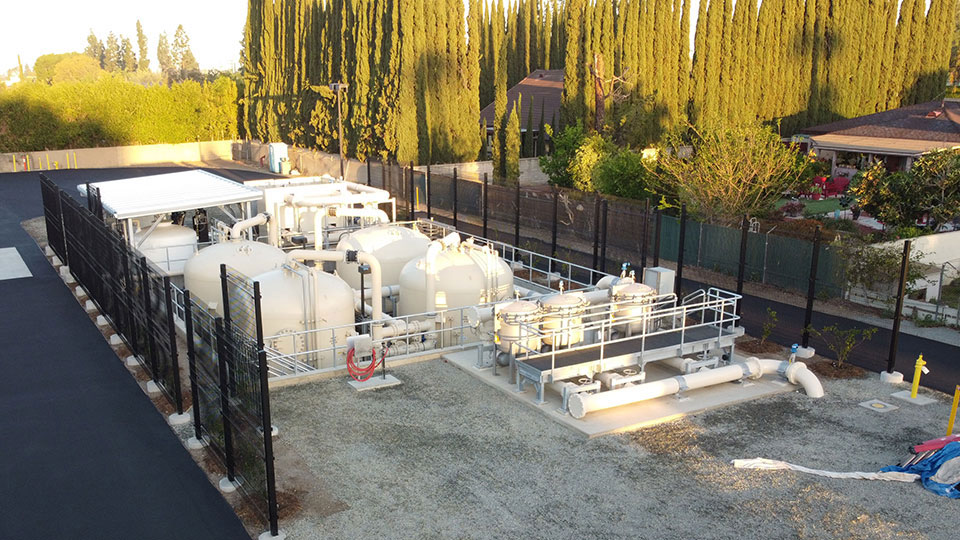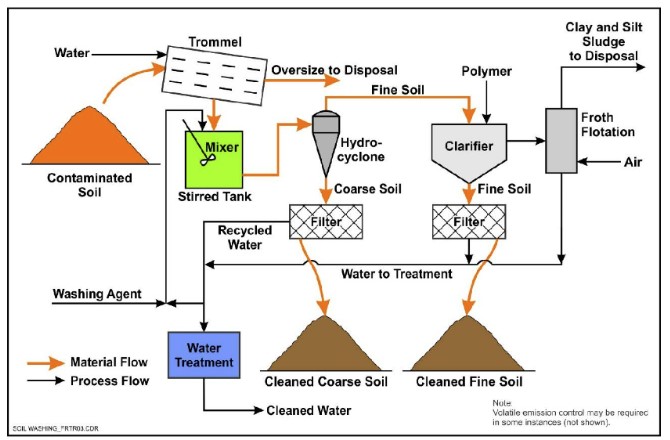How PFAS Treatment Reduces Environmental Impact and Improves Public Safety
How PFAS Treatment Reduces Environmental Impact and Improves Public Safety
Blog Article
Ingenious PFAS Treatment Solutions for Safer Water
The increasing frequency of PFAS contamination in water products necessitates a vital examination of innovative therapy options. Advanced filtering innovations and novel chemical treatments existing promising opportunities for reducing these relentless contaminants. Additionally, emerging bioremediation methods offer an even more lasting approach to tackling PFAS challenges. As governing structures remain to adjust, understanding the performance and scalability of these remedies becomes paramount. What implications do these improvements hold for public health and wellness and environmental restoration, and just how can stakeholders successfully implement them in varied contexts?
Summary of PFAS Contamination
PFAS contamination has actually emerged as a substantial ecological and public wellness worry. Per- and polyfluoroalkyl substances (PFAS) are a team of synthetic chemicals recognized for their persistence in the setting and body, leading them to be generally described as "permanently chemicals." These substances have actually been commonly utilized in different industries, consisting of firefighting foams, water-repellent fabrics, and food packaging, mostly as a result of their water- and grease-resistant properties.
The extensive use PFAS has resulted in their discovery in dirt, water products, and also in the blood of human beings and pets. Researches have actually linked PFAS exposure to various health problems, consisting of developing effects in infants, body immune system dysfunction, and numerous kinds of cancer cells. Furthermore, the environmental persistence of these substances complicates their degradation and removal, raising issues regarding long-lasting environmental impacts.
Governing bodies are significantly implementing rigid guidelines to keep an eye on and decrease PFAS levels in alcohol consumption water and other environmental mediums. As recognition of PFAS contamination expands, it has actually ended up being vital for areas and markets to look for effective therapy remedies to alleviate direct exposure and safeguard public health.
Advanced Filtering Technologies
As the necessity to attend to PFAS contamination intensifies, advanced purification technologies have actually emerged as a crucial component in the removal initiatives focused on eliminating these persistent chemicals from water resources. These technologies leverage innovative devices to efficiently target and record PFAS compounds, which are notoriously immune to conventional therapy methods.
One of one of the most appealing techniques is using granular activated carbon (GAC), which adsorbs PFAS molecules because of its high surface and porous framework. This technique has actually been extensively executed in both municipal and commercial settings, showing significant decreases in PFAS focus. In addition, ion exchange resins have gotten grip, particularly developed to uniquely bind PFAS ions from water, hence promoting their elimination.
Membrane filtering technologies, such as reverse osmosis and nanofiltration, also show efficacy in PFAS removal by physically separating contaminants from water - pfas management. These systems can attain high degrees of pureness, making them appropriate for alcohol consumption water applications
Chemical Therapy Innovations
Countless chemical treatment innovations are being explored to properly deal with PFAS contamination in water supplies. One appealing approach involves the use of innovative oxidation procedures (AOPs), which utilize effective oxidants such as ozone, hydrogen peroxide, or chlorine dioxide incorporated with UV light to break down PFAS compounds into less hazardous compounds. This approach has actually shown efficacy in lab settings, revealing potential for scalability in real-world applications.
An additional innovative method is the development of ion-exchange materials especially developed to target PFAS. These resins can precisely adsorb PFAS compounds from water, permitting their elimination throughout treatment processes. Recent developments have enhanced the effectiveness and capacity of these materials, making them a beneficial choice for water treatment facilities.
Furthermore, researchers are examining the usage of chemical agents like persulfate and ferrous ions to enhance the destruction of PFAS in infected water. These agents can induce chain reaction that facilitate the failure of consistent PFAS compounds.
Arising Bioremediation Techniques
Recent improvements in chemical treatment developments have actually click site led the way for checking out bioremediation methods as a practical alternative for resolving PFAS contamination. Bioremediation harnesses the natural metabolic procedures of microorganisms to degrade or transform contaminants, making it an attractive strategy for taking on consistent pollutants like PFAS.
Arising strategies in bioremediation consist of the use of genetically engineered bacteria that can especially target and damage down PFAS compounds. These microbial stress are being created for their boosted degradation capabilities, enhancing the effectiveness of the removal procedure. Furthermore, researchers are checking out the possibility of plant-assisted bioremediation, where certain plant species might uptake and withdraw PFAS from infected soil and water.
Another promising method is the application of bioaugmentation, which includes introducing click to read useful microorganisms right into contaminated environments to improve the deterioration of PFAS. This method can help with faster remediation timelines and improve overall performance.

Governing Frameworks and Criteria
A comprehensive governing framework is crucial for efficiently handling PFAS contamination and ensuring public health defense. The raising recognition of per- and polyfluoroalkyl compounds (PFAS) as environmental contaminants has actually prompted various government and state firms to establish criteria that control their existence in water products. The United State Environmental Security Agency (EPA) has actually developed health advisories and is pursuing setting enforceable restrictions for PFAS in alcohol consumption water.
State-level laws differ dramatically, with some states taking on more stringent standards than those proposed by the EPA. These laws commonly consist of maximum impurity levels (MCLs) for specific PFAS compounds, surveillance requirements, and reporting commitments for water utilities. Furthermore, emerging structures concentrate on the remediation of infected sites, highlighting the need for efficient therapy innovations.

Conclusion
To conclude, the development and execution of ingenious PFAS therapy remedies are crucial for resolving the pervasive issue of water contamination. Advanced purification innovations, chemical treatments, and emerging bioremediation methods collectively offer a multifaceted strategy to efficiently minimize and break down PFAS levels. As governing structures continue to develop, incorporating these modern technologies will be vital to protect public health and wellness and recover the integrity of polluted water resources, inevitably adding to a cleaner and more secure setting.
Report this page